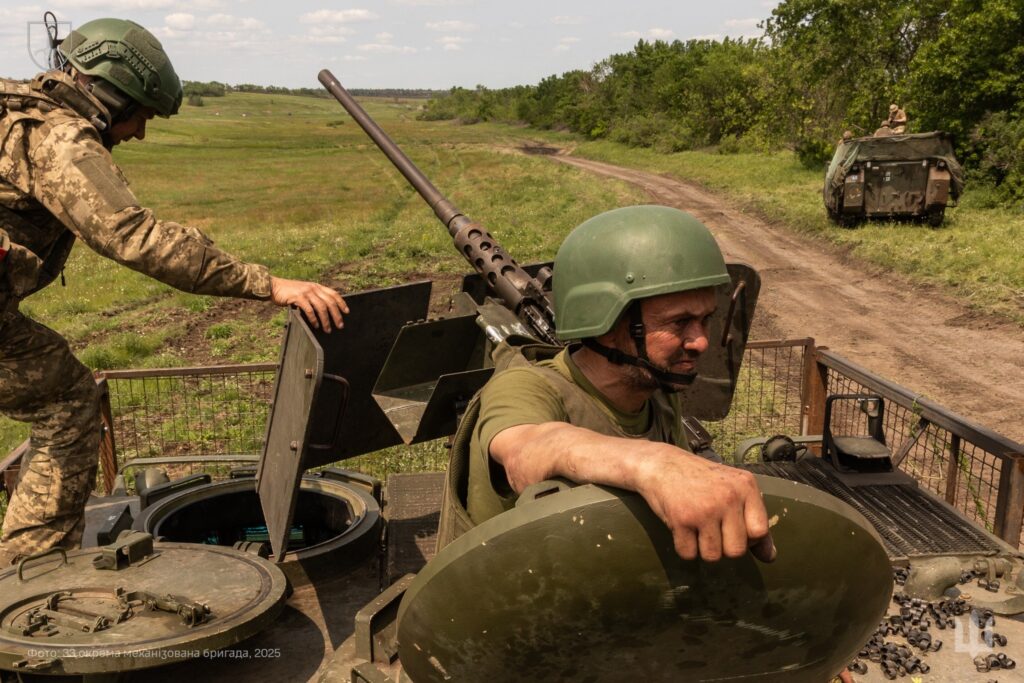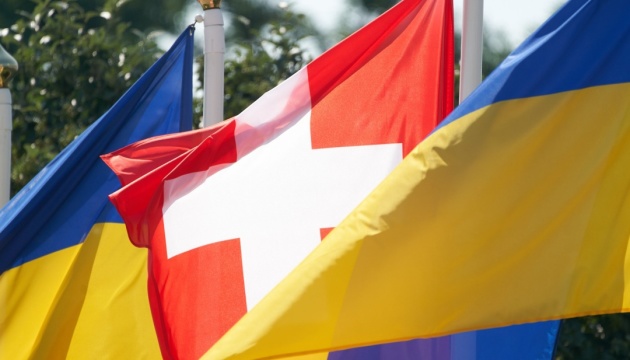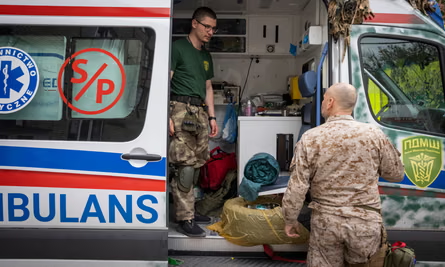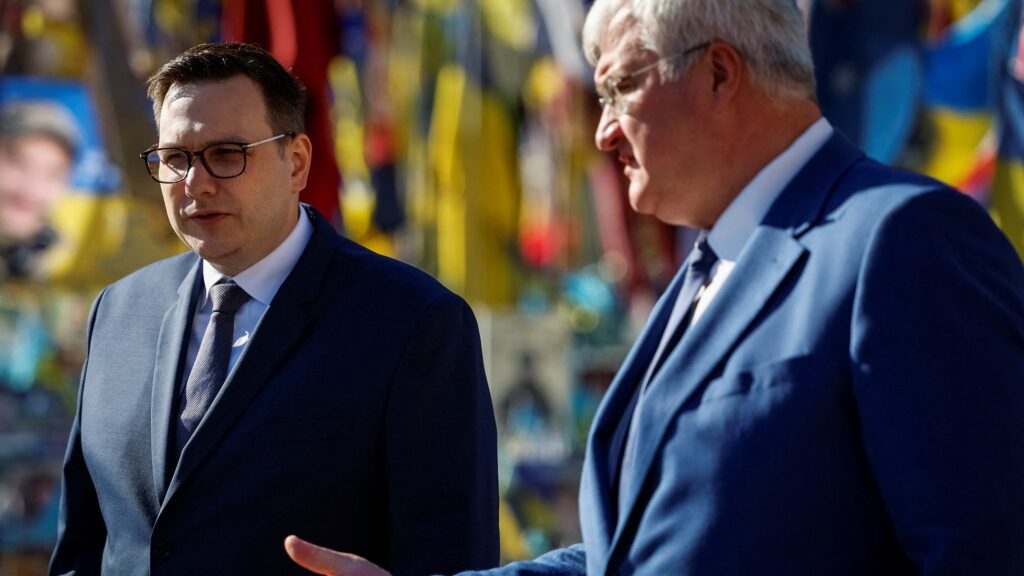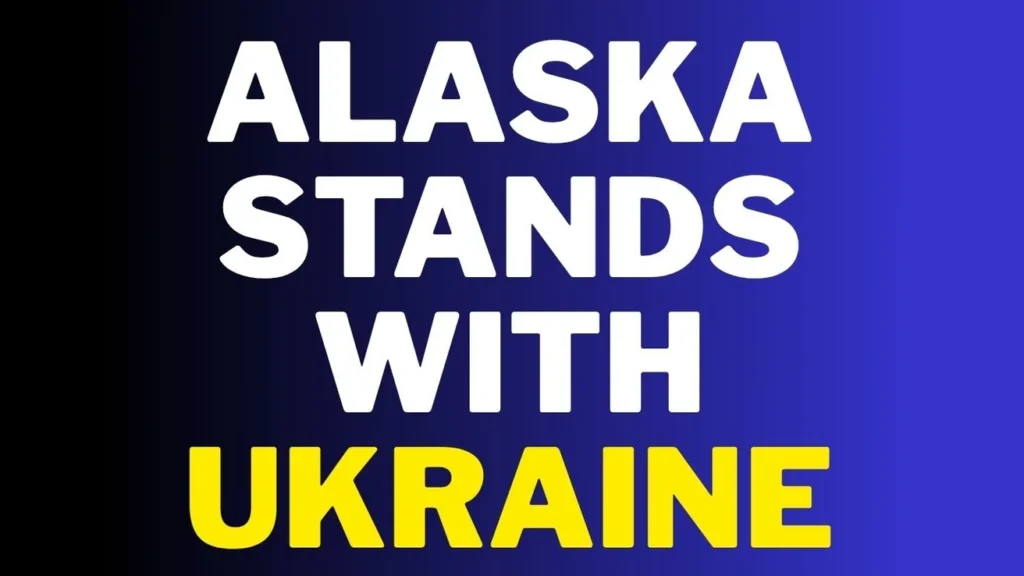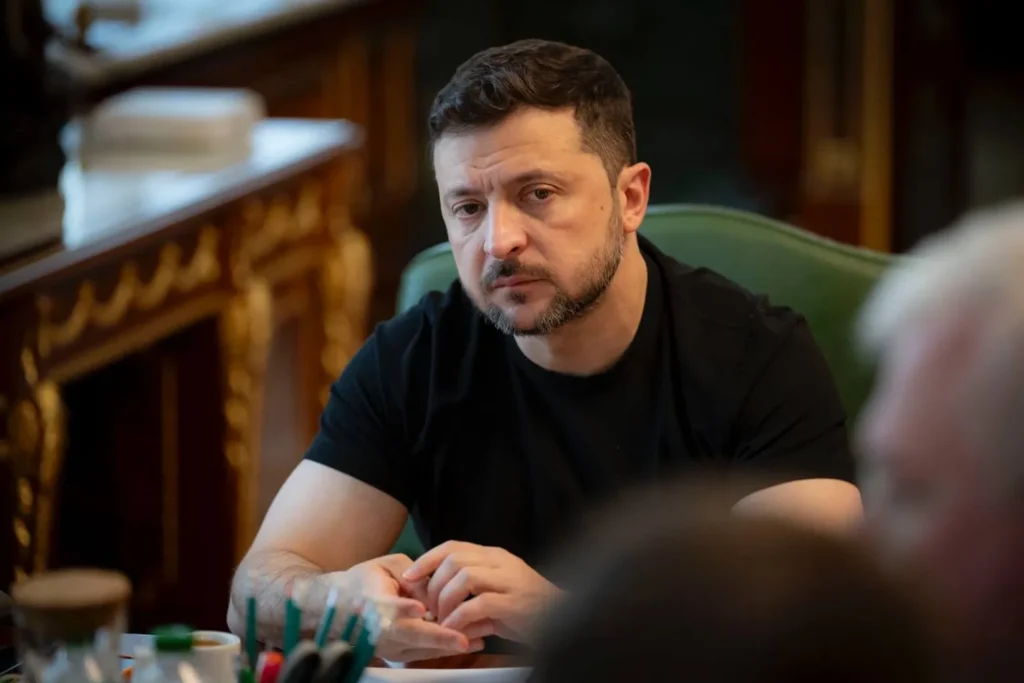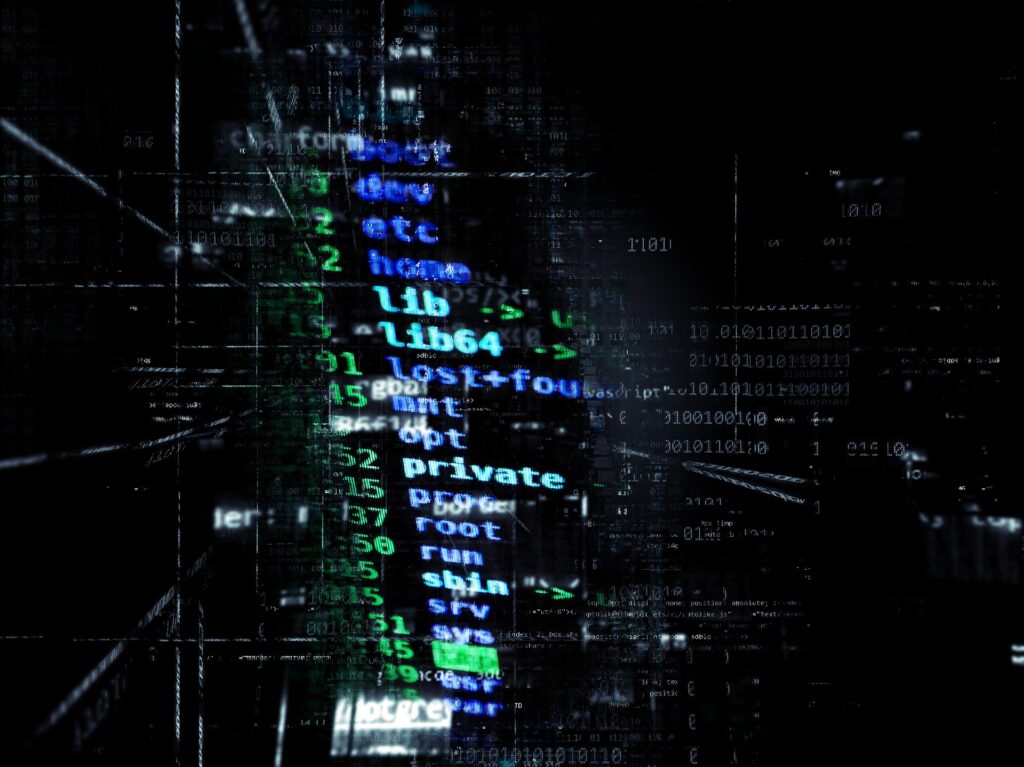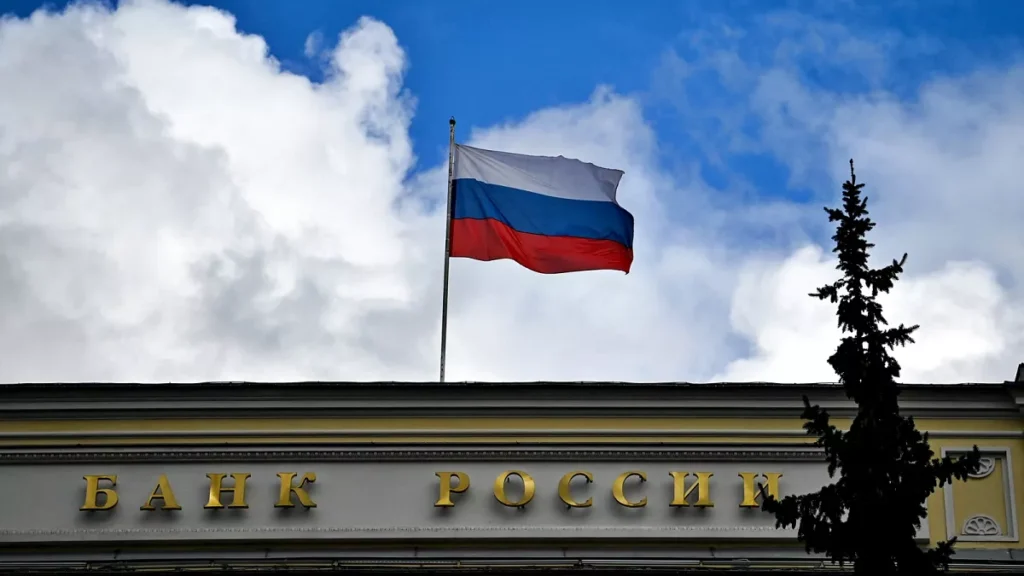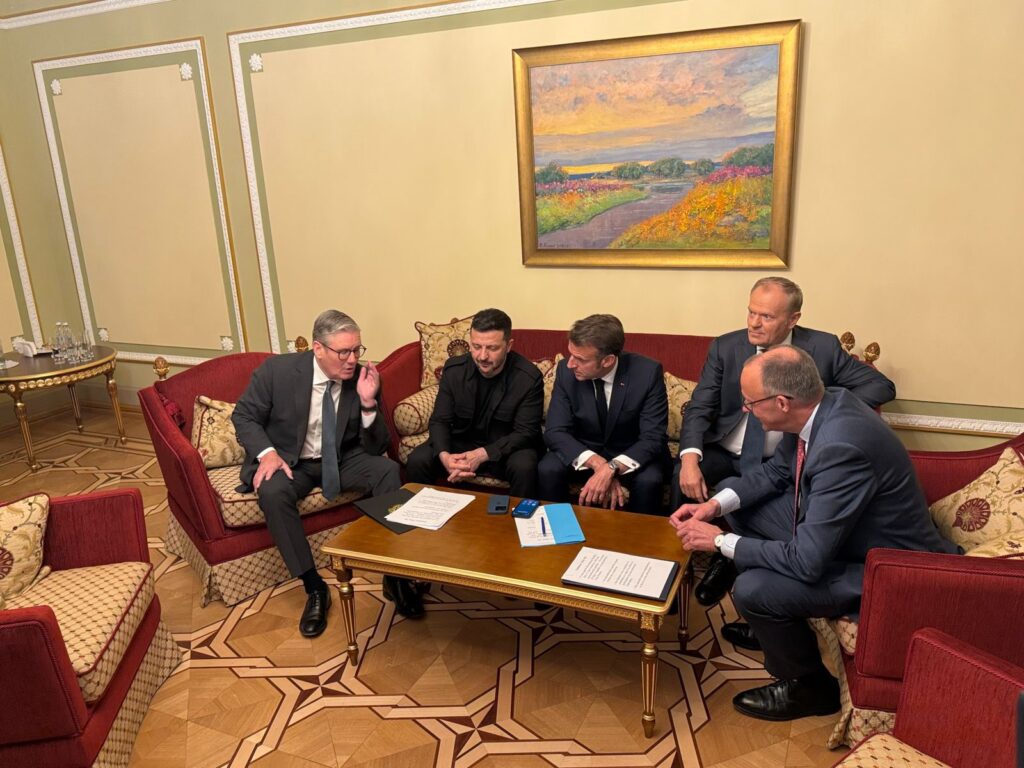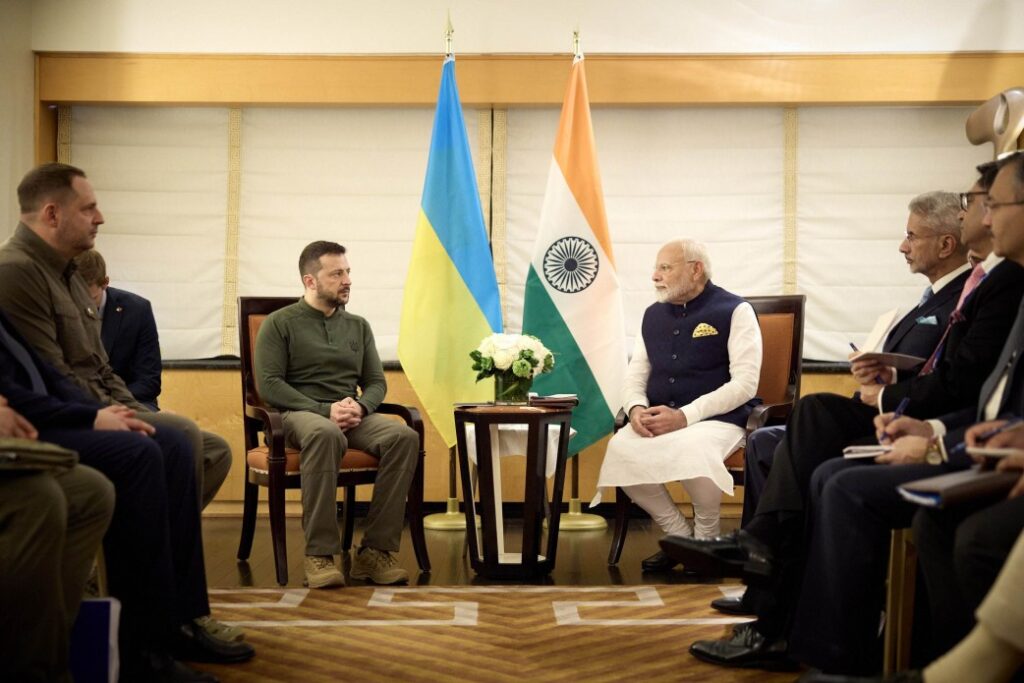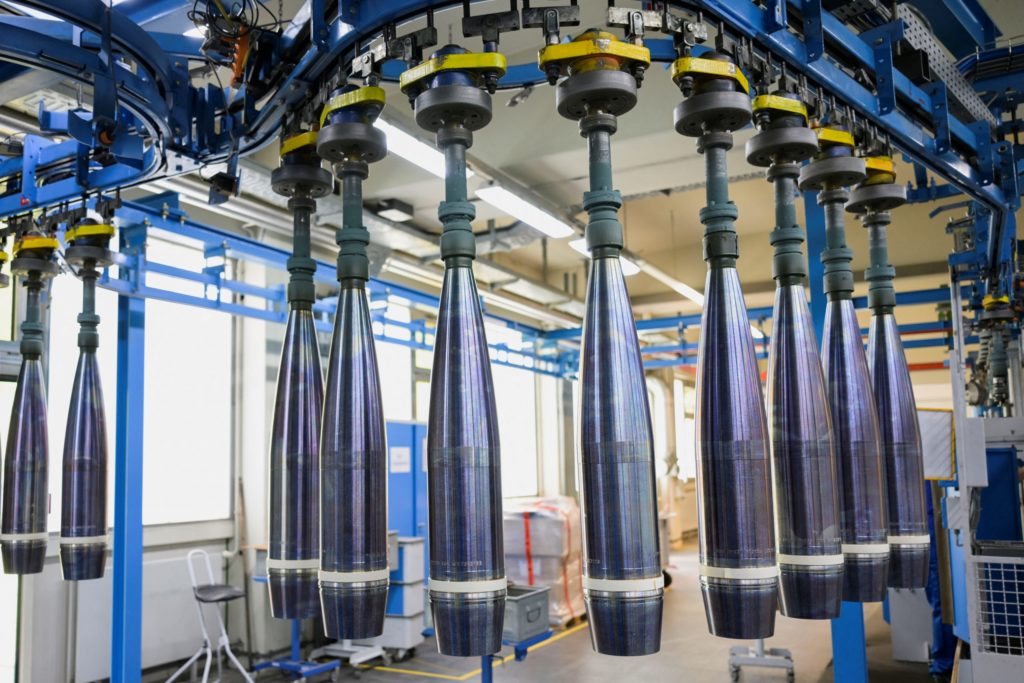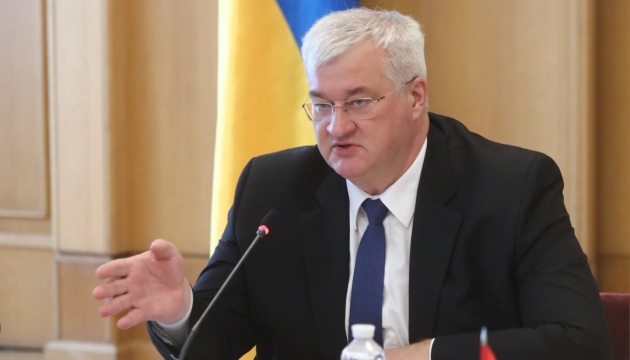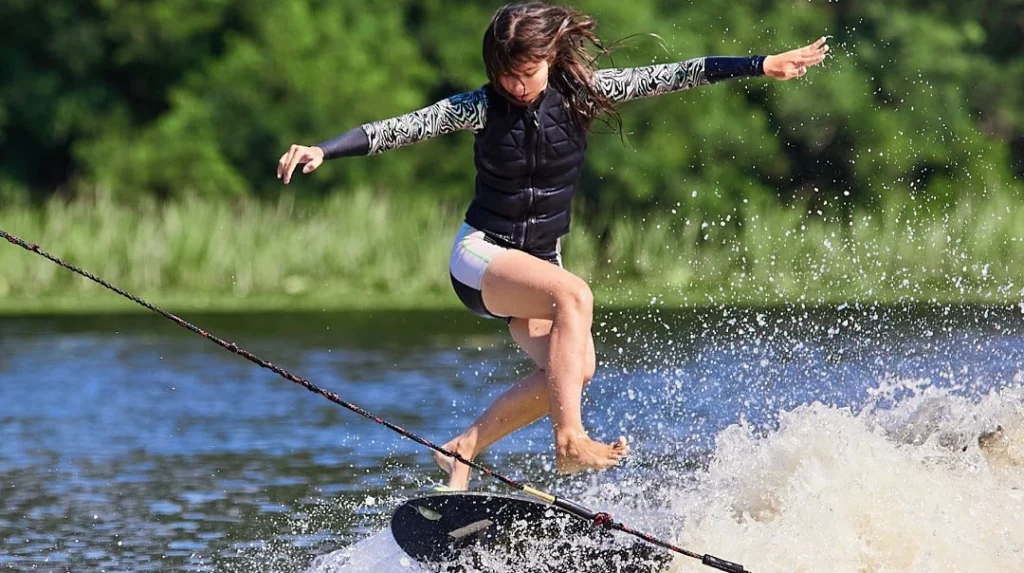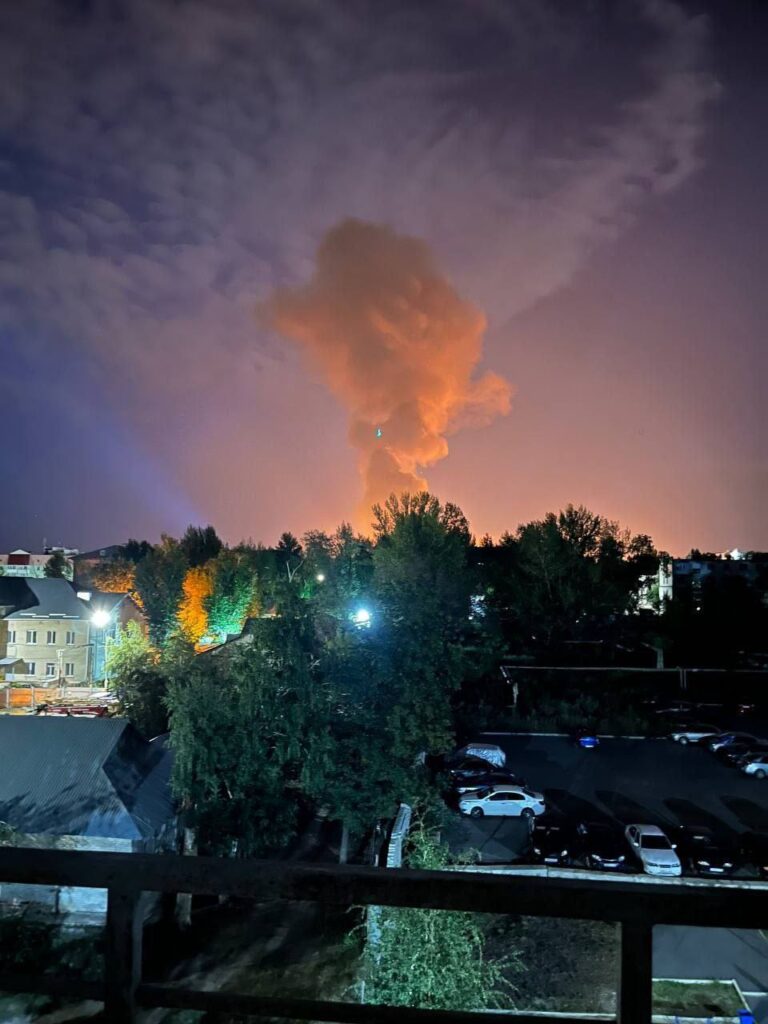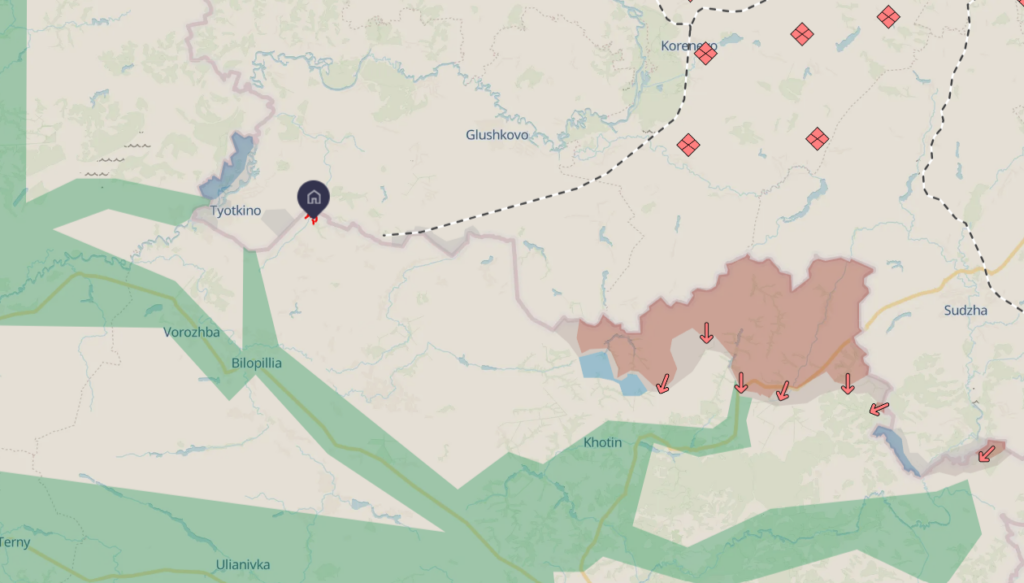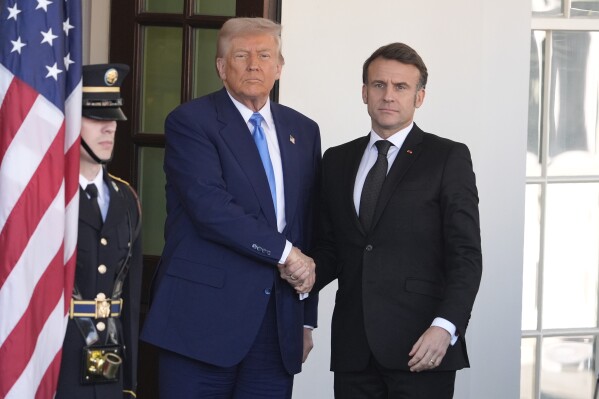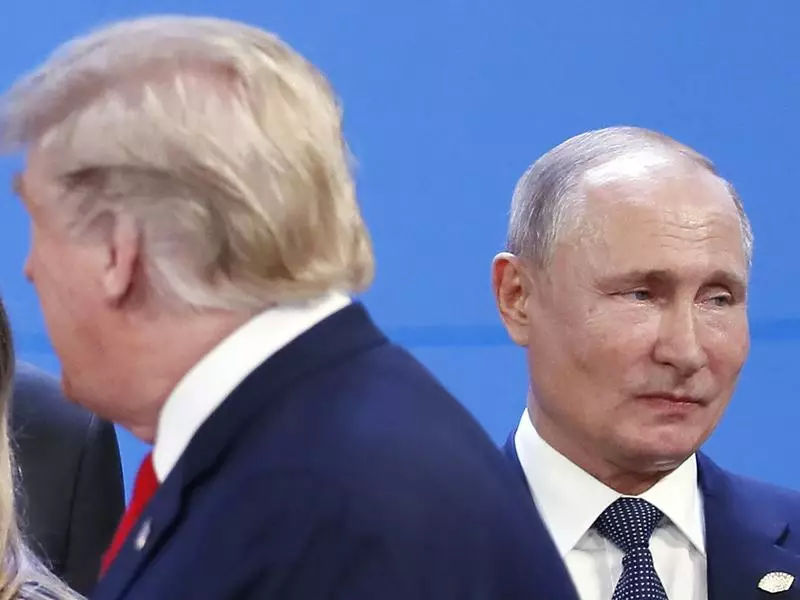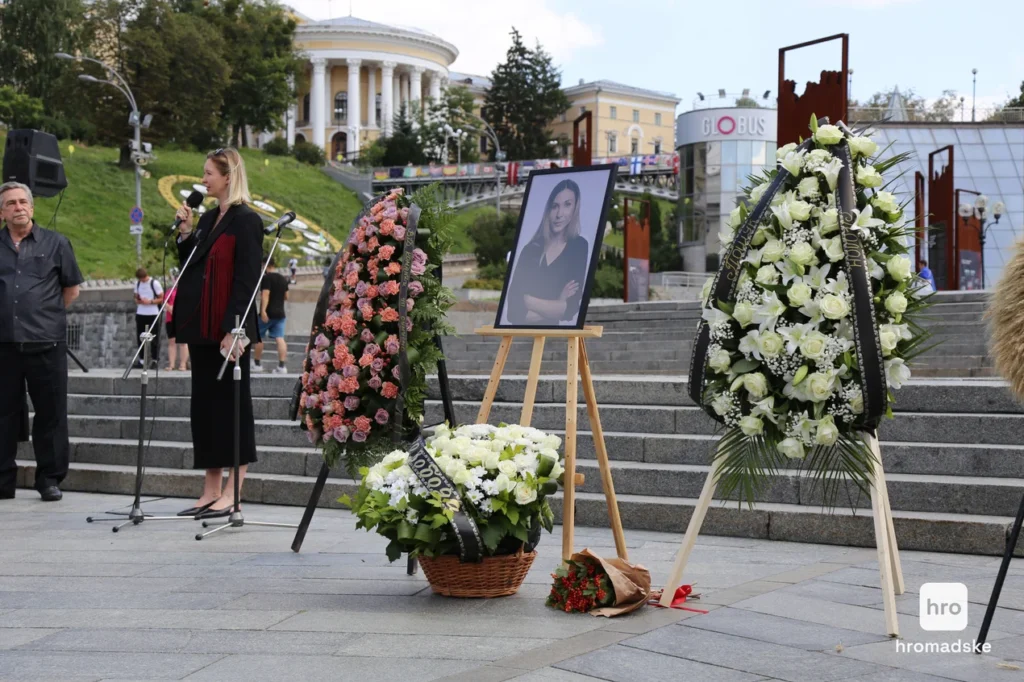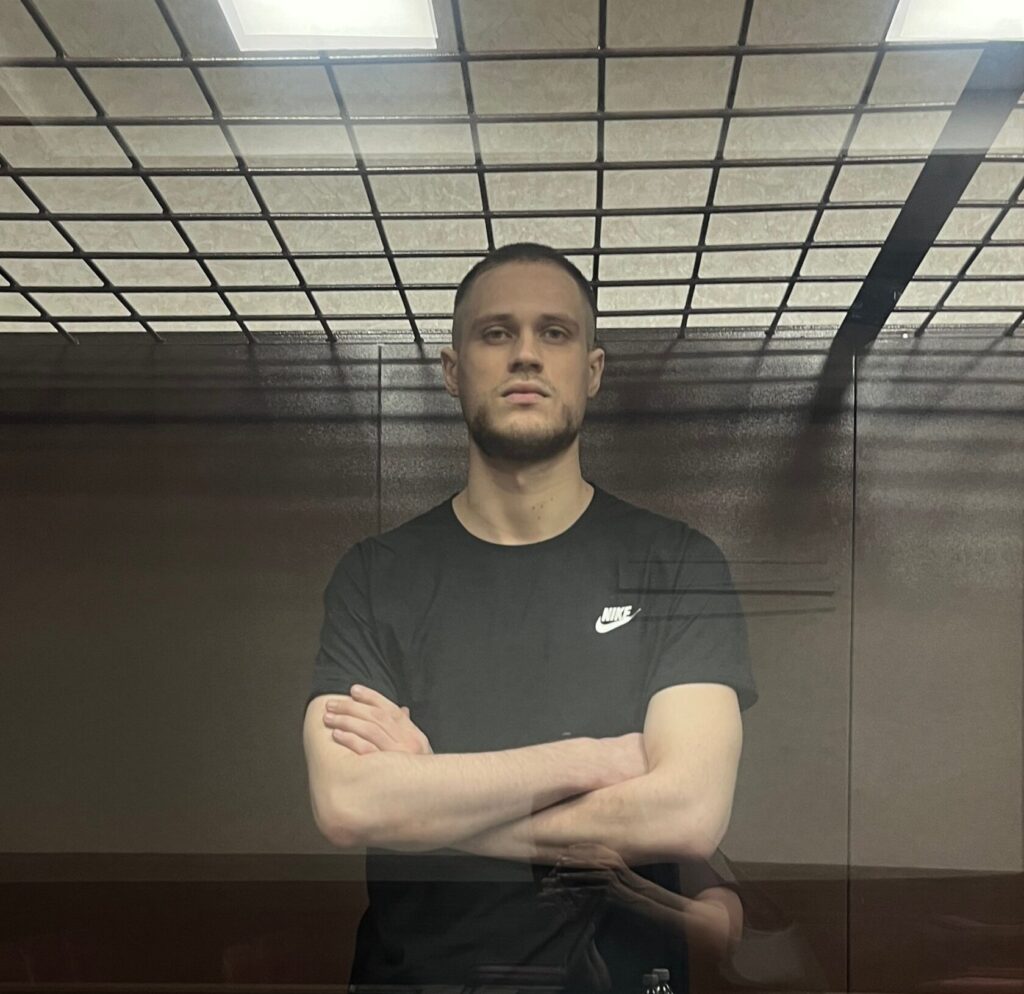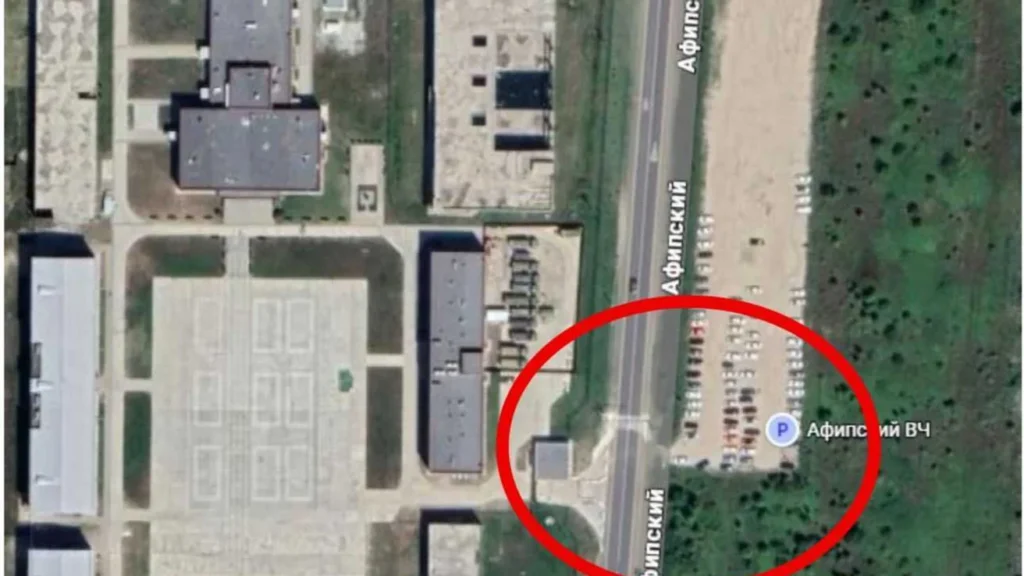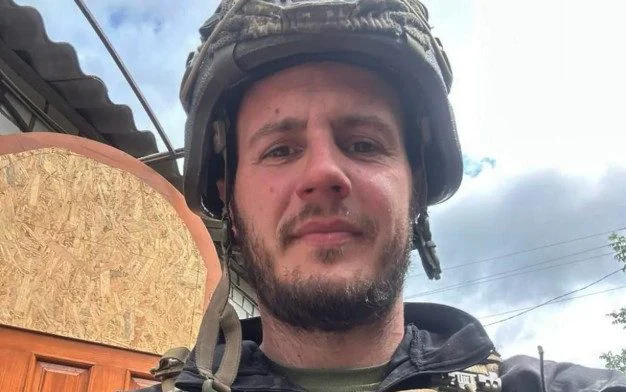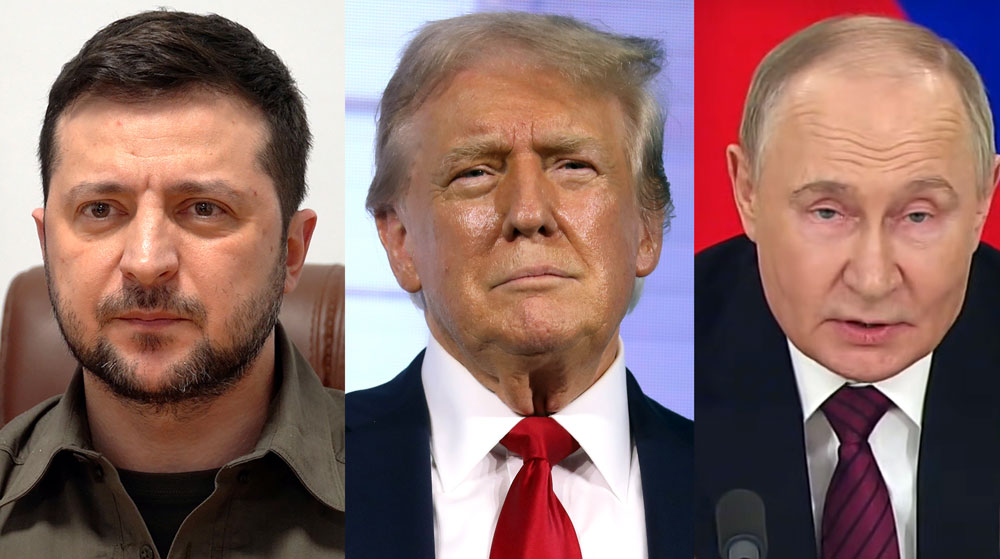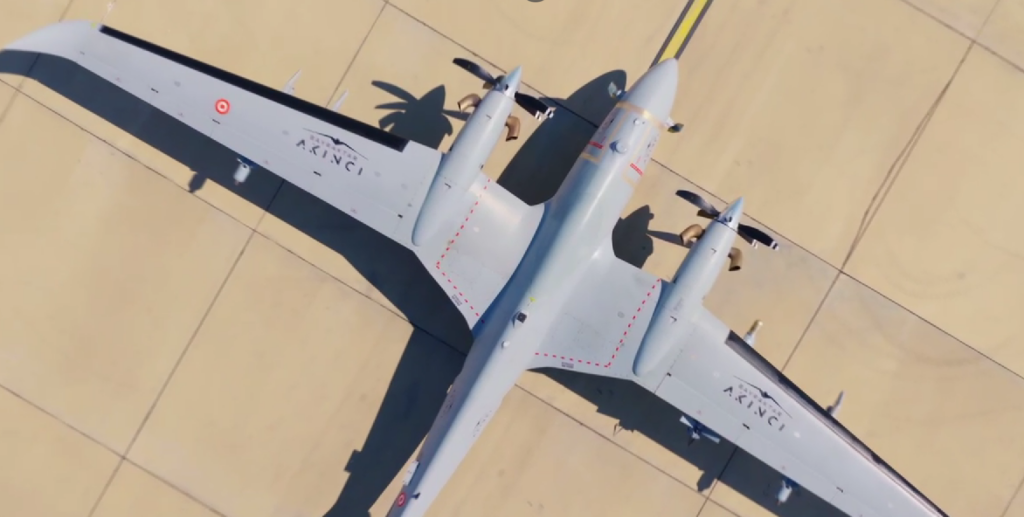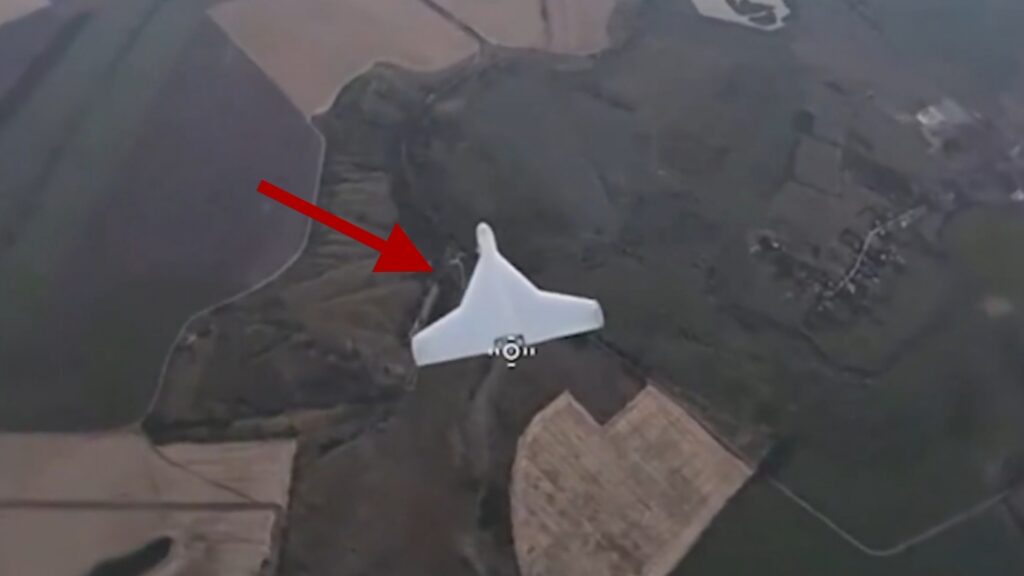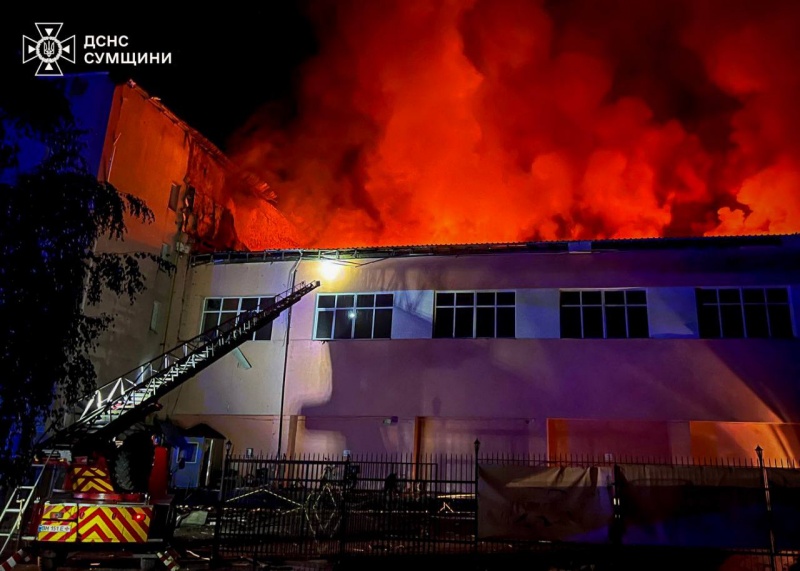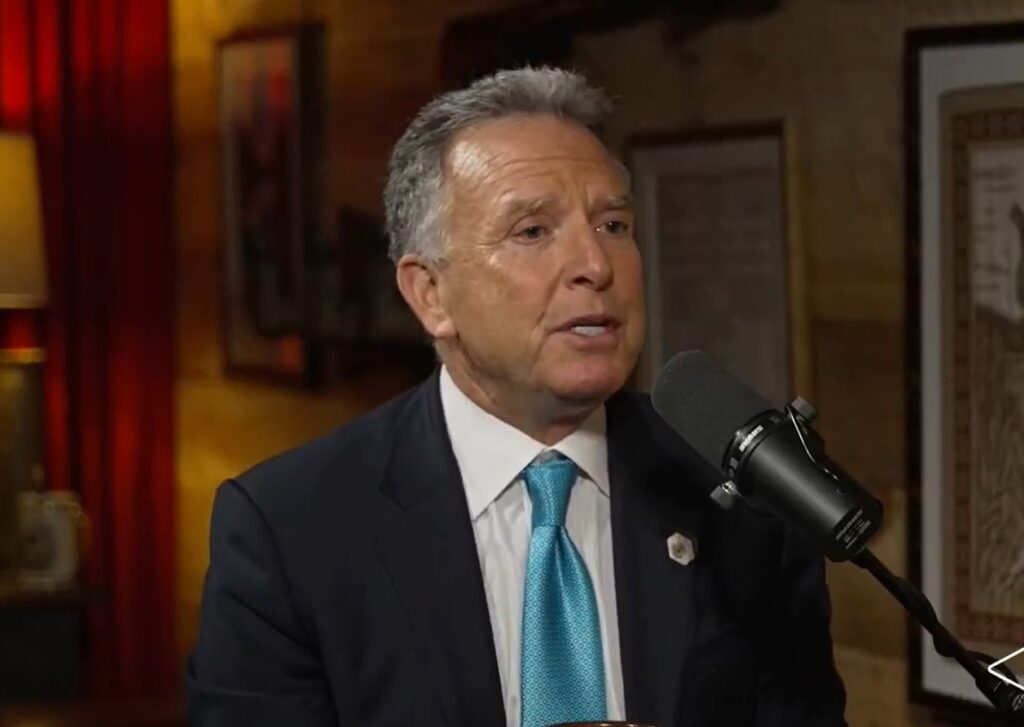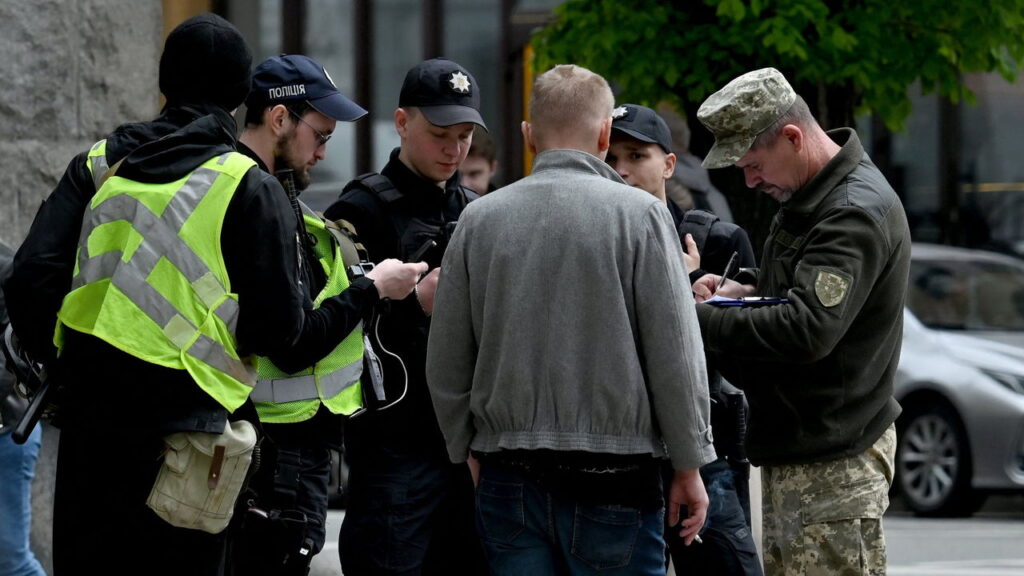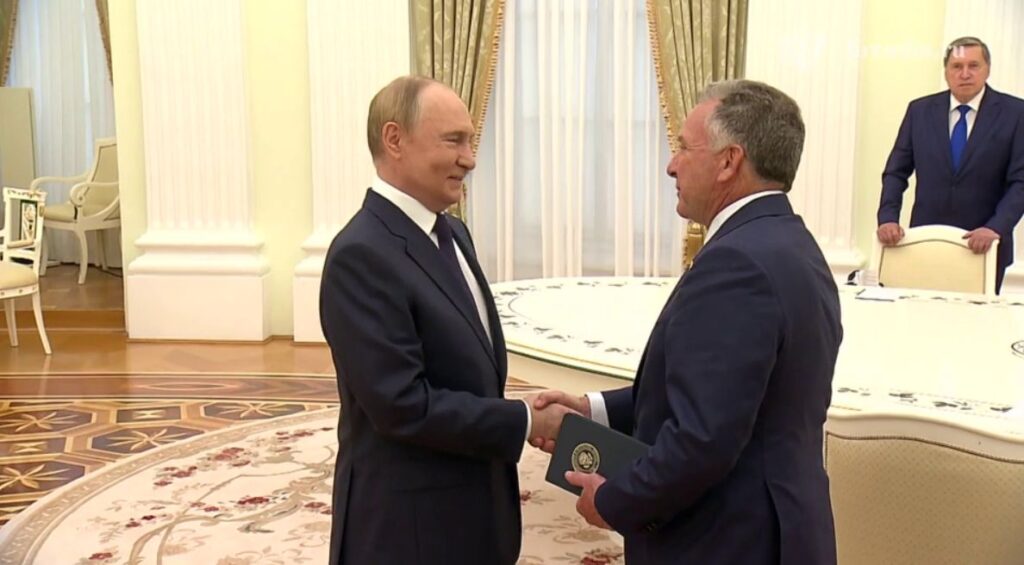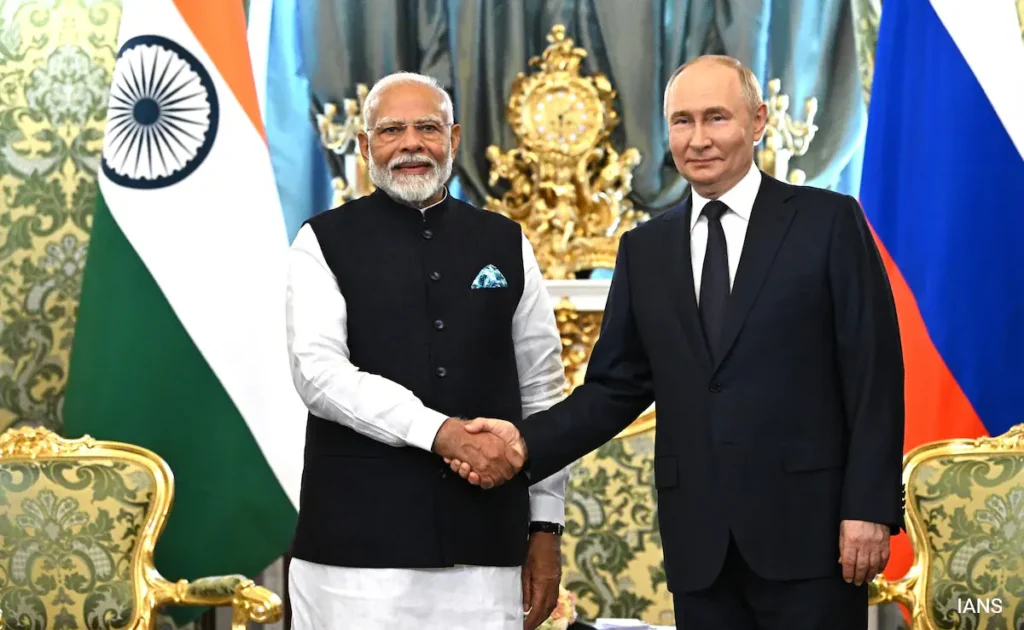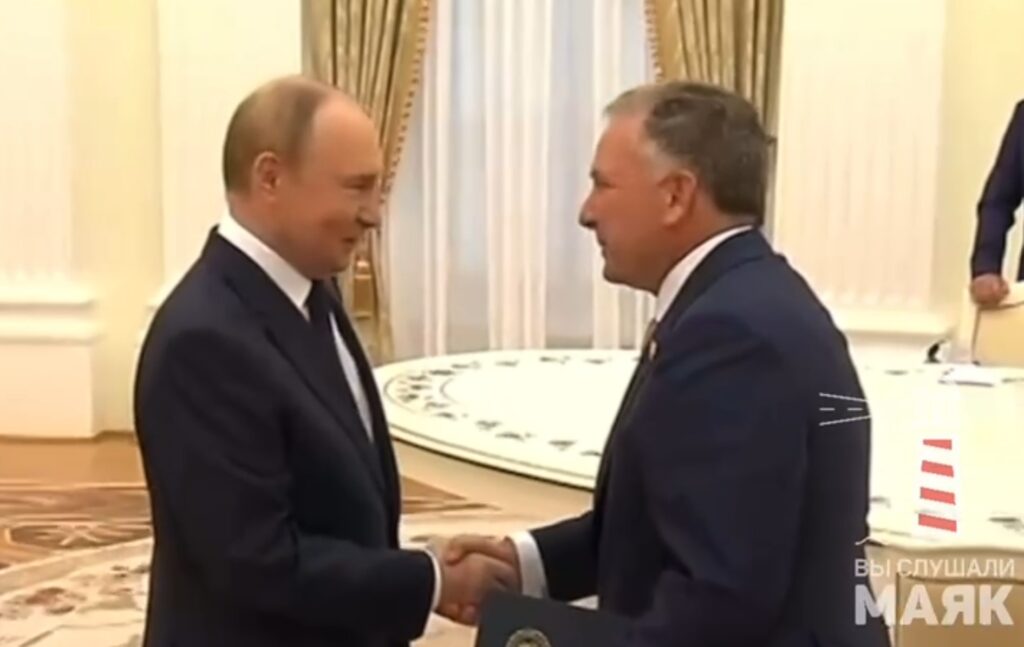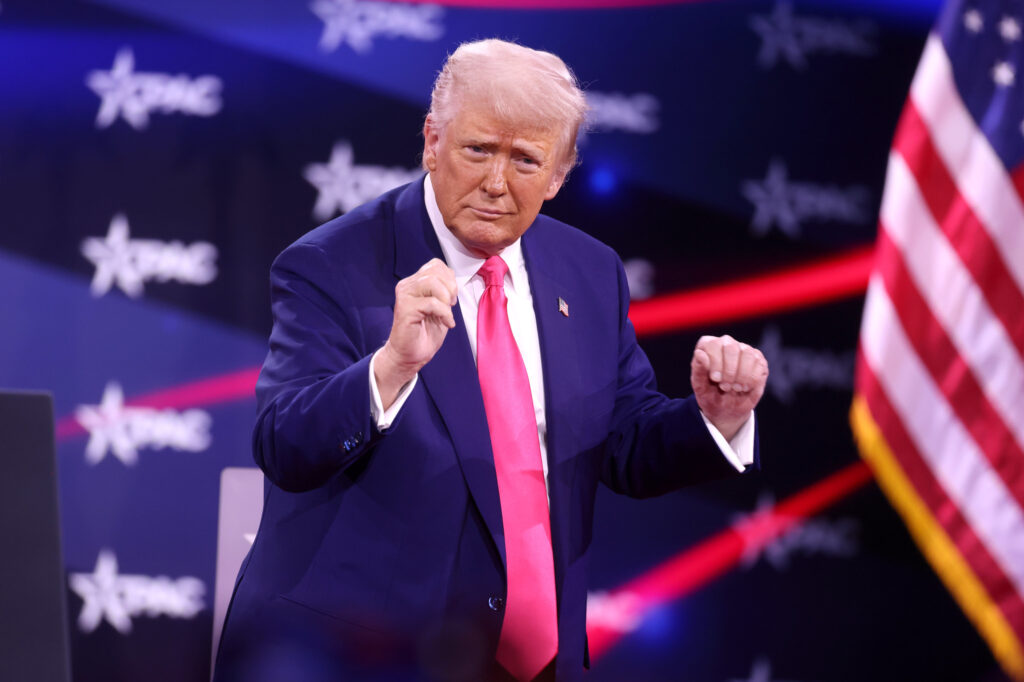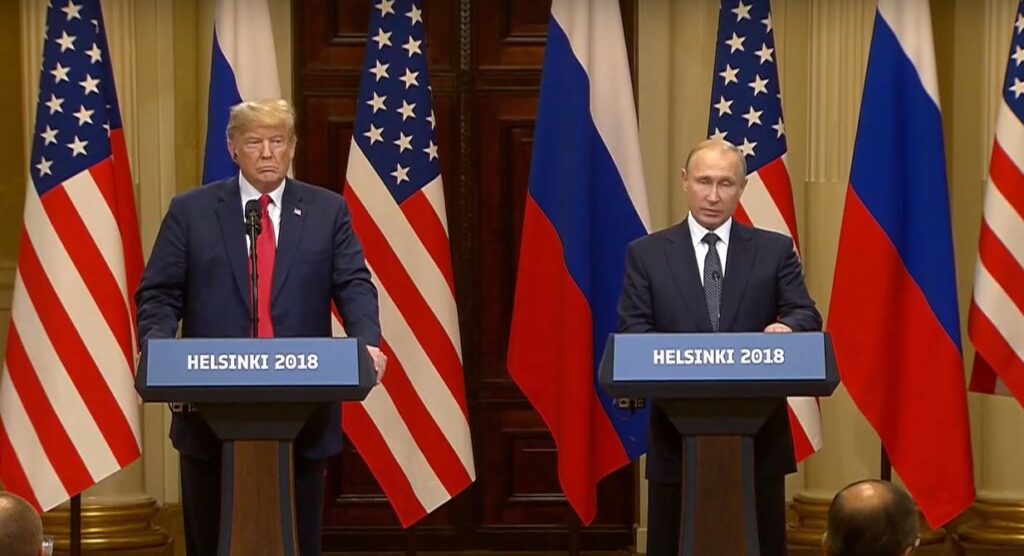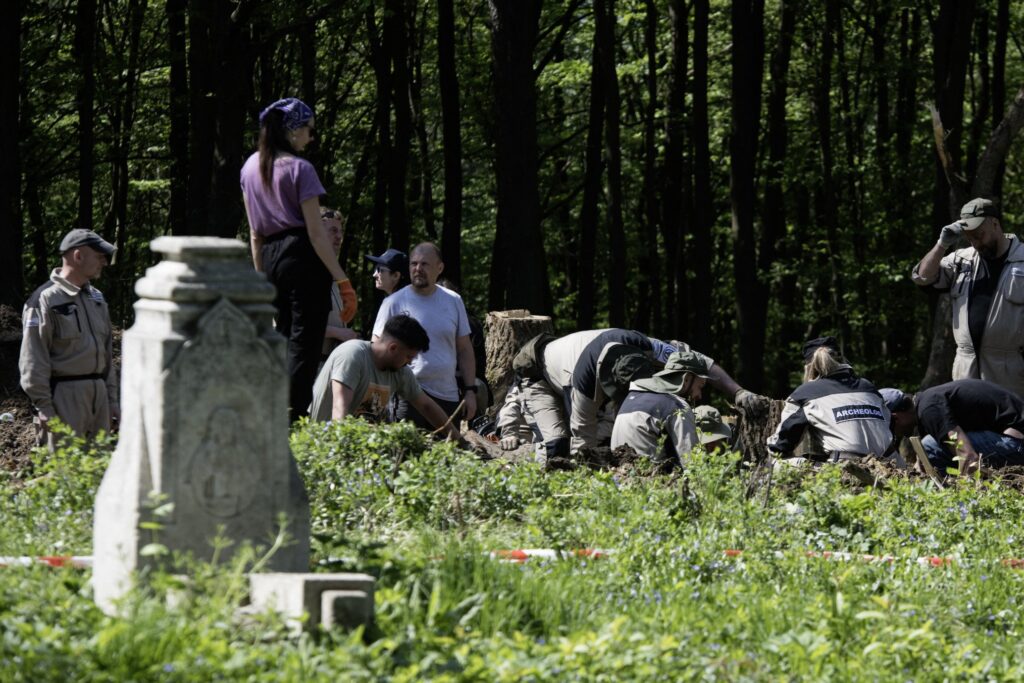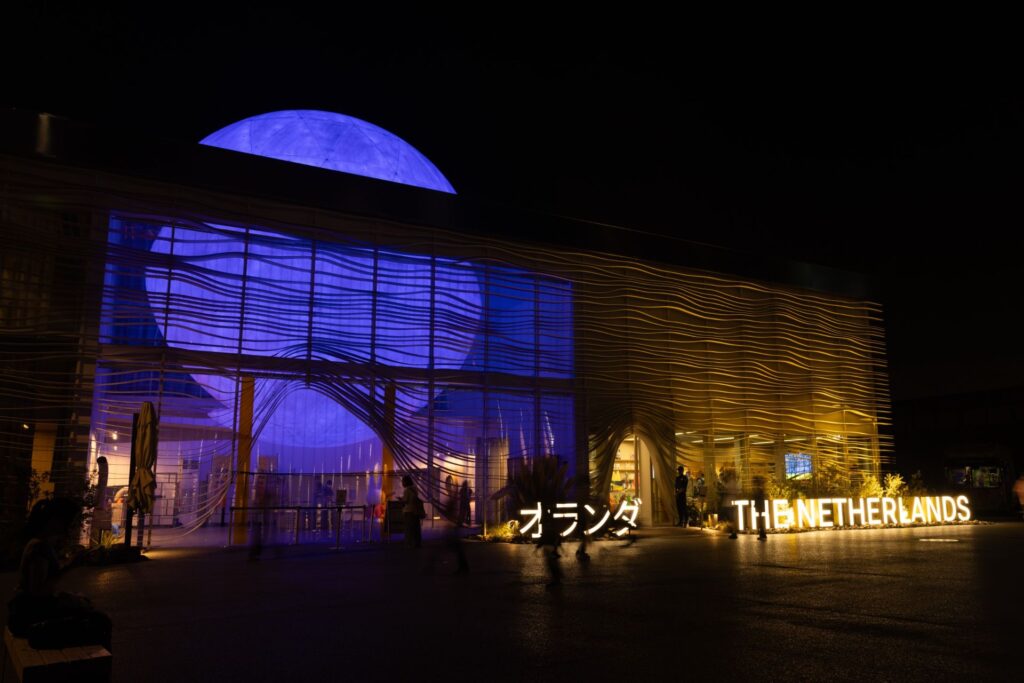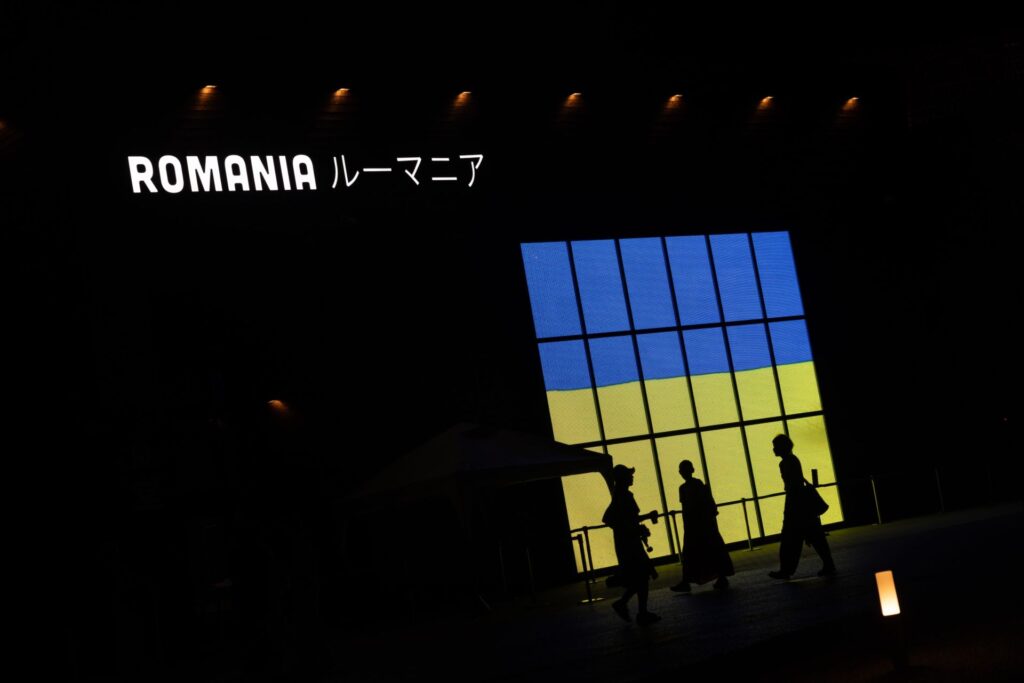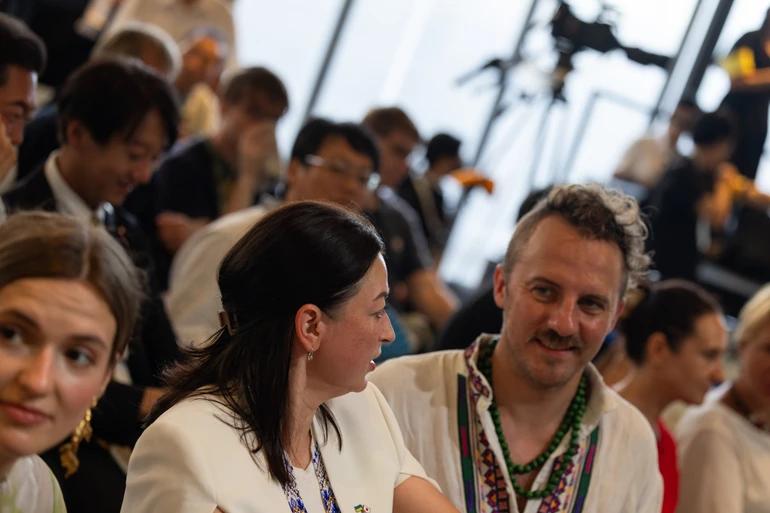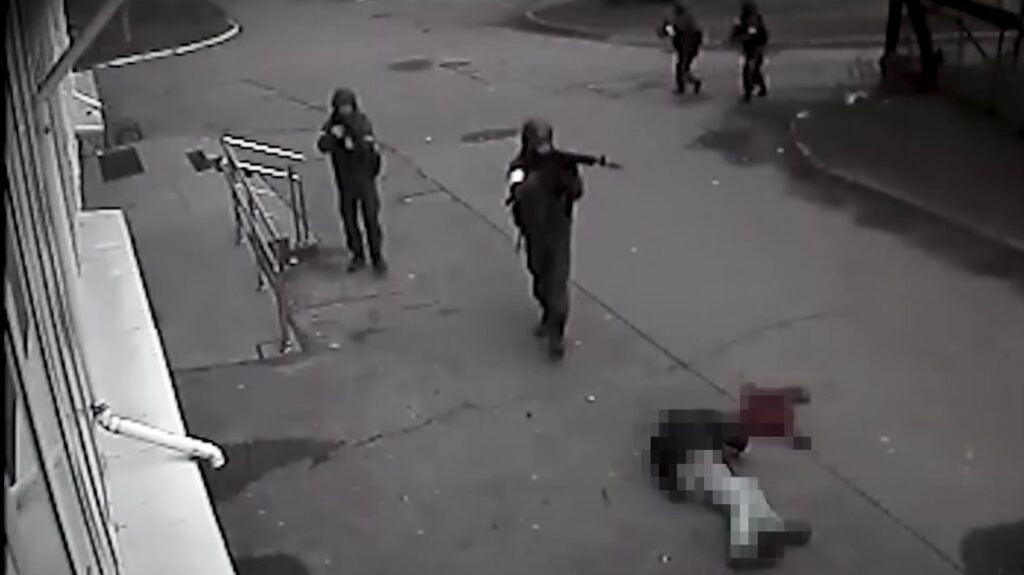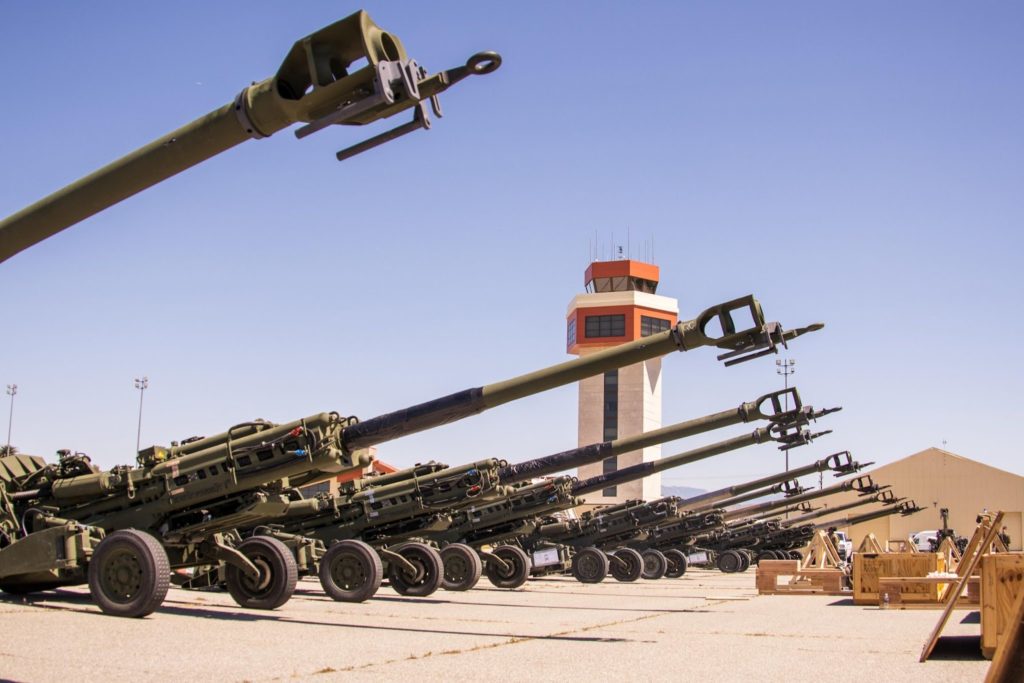White House confirms Trump-Putin meeting in Anchorage without Zelenskyy

White House spokesperson Caroline Levitt announced that US President Donald Trump and Russian President Vladimir Putin will meet in Anchorage, Alaska’s largest city. The meeting is scheduled for 15 August to discuss ending Russia’s invasion of Ukraine.
Levitt confirmed that details and the meeting schedule are currently being coordinated. When asked why Ukrainian President Volodymyr Zelenskyy was not invited to the negotiations, the White House spokesperson said the meeting was happening at Putin’s request.
She confirmed that Trump plans to visit Russia in the future. The purpose of the Alaska negotiations, Levitt explained, is for Trump and Putin to “better understand how to end this war.”
When asked what Trump would do if Putin was not serious about negotiations, Levitt said she would not “put forward any hypothetical assumptions.” However, she said she was “very confident” that Trump would remain satisfied with the meeting.
The White House spokesperson said the US president was “determined to stop the killings” and “deeply respects all sides of the conflict and everyone trying to end it.”
“This administration has truly used all levers of influence, taken all measures to achieve peace through diplomatic resolution,” the White House spokesperson said.
Trump previewed terms of a potential peace deal that could include “some swapping of territories.” Bloomberg previously reported that Washington and Moscow were seeking to reach an agreement to end the war in Ukraine that would secure occupied territories for Russia.
The Wall Street Journal wrote that Putin presented the Trump administration with a ceasefire plan in exchange for territorial concessions from Kyiv. Trump suggested that a peace agreement between Russia and Ukraine would likely require “certain territorial exchanges for the benefit of both sides.” Specifically, Ukraine would need to withdraw troops from all of Donetsk Oblast, and Crimea would be recognized as sovereign Russian territory.
Against the backdrop of these reports, Ukrainian President Volodymyr Zelenskyy said that Ukraine would not give up its lands to anyone. Zelenskyy and European leaders plan to meet with Trump on 13 August to discuss the course of action.
